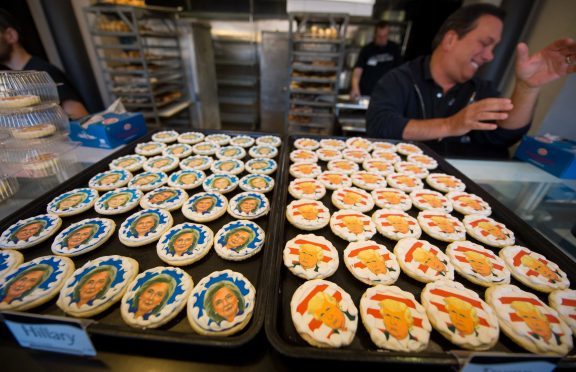US Elections can be close and tonight could be one of the closest. But how tight have previous races been:
1. John F. Kennedy vs Richard Nixon, 1960. The young senator – the youngest man to be elected President – pipped his Republican opponent to the post by just 100,000 votes. In Electoral College terms, however, Nixon was roundly defeated, losing by a margin of 84 to JFK.
2. Richard Nixon vs Hubert Humphrey, 1968. Nixon won this time – but only by 600,000 votes. Again, however, the Electoral College saw a big divide, with Nixon winning 301. Perhaps like the 2016 election, third candidates played a part in skewing the figures in 1968.
3. Jimmy Carter vs Gerald Ford, 1976. The Democrats took this one, but only a million votes were in it, making it a relatively close call. Carter got 297 Electoral College votes, but would lose next time.
4. George W. Bush vs Al Gore, 2000. The infamous Florida count. Al Gore actually won the popular vote by 500,000 votes, but Bush won 271 of the crucial Electoral College votes, pushing him over the line.
5. George W. Bush vs John F. Kerry, 2004. Bush wasn’t out of the woods in round two. In a tight race, he won 286 Electoral College votes. But he had a lead of only three million votes – close, by US standards.
